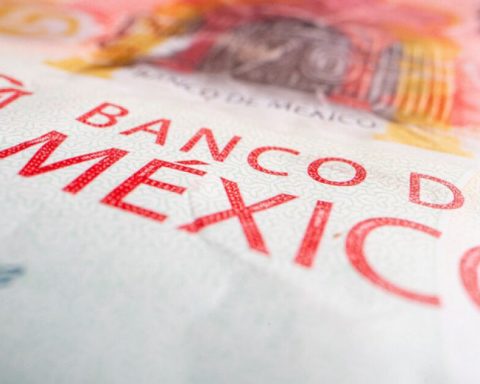Plan México: towards sustainable industrialization or trapped in the maquiladora model?
AND
l Plan México: National Strategy for Industrialization and Shared Prosperity
promises jobs, foreign direct investment (FDI) and sustainability. However, a deeper analysis raises serious questions about its ability to translate these goals into tangible and equitable results. If not corrected, it could perpetuate regional inequalities and consolidate a maquiladora model dependent on foreign technology, instead of catalyzing true economic transformation.
One of the most obvious challenges is the lack of clear strategies to develop productive vocations in the most lagging regions. Without policies that promote higher value-added activities, these areas could be marginalized while states with better infrastructure attract the majority of investment. Define tourism as the vocation natural
of the Mexican southeast is a reductionist vision that ignores its industrial and technological potential. South Korea, at the time, could have opted for a similar model and remained a rice producer. Instead, it opted for innovation and technological development, becoming a global leader. Insisting on limiting the southeast to tourism is equivalent to mortgaging its economic and social transformation.
Competition between states to attract FDI also generates a race to the bottom
. Local governments offer excessive tax incentives that erode the benefits of industrial development. Instead of strengthening local productive capacities, these practices mainly benefit foreign companies, without guaranteeing the creation of added value or technological transfer. This dynamic perpetuates inequalities between regions, favoring the most developed states and leaving those lagging behind.
Technology transfer is another crucial challenge. Experience shows that FDI, by itself, does not generate local technological capabilities. To reverse this, it is essential that foreign companies associate with national firms, both public and private, through joint ventures designed to share benefits and build internal capabilities. Without these mechanisms, knowledge and technology will remain encapsulated in multinationals, relegating Mexico to the role of passive assembler.
Currently, multinationals tend to limit training to specific tasks, without sharing comprehensive knowledge of production processes. This perpetuates technological dependency. The joint ventures They could transform this situation, integrating national companies into productive and innovation processes. China’s experience, which conditioned the entry of foreign investment on the creation of strategic partnerships, is a model that Mexico should consider.
Although the plan mentions sustainability as one of its pillars, it lacks details on its implementation. Without clear incentives or strict regulations, companies could limit themselves to complying with minimum environmental standards, leaving aside initiatives such as the circular economy, clean energy or innovation in sustainable processes. Integrating these principles is not optional, but essential to guarantee responsible and competitive development in the long term.
The risk that the Mexico Plan
consolidate a maquiladora model is real. To avoid this scenario, it is crucial to deeply reformulate the plan. First, a national framework must be established that regulates competition between states, avoiding excessive fiscal incentives that erode the benefits of industrial development. In addition, mandatory clauses must be included for the creation of joint venturesguaranteeing that foreign companies collaborate with national actors in research, development and production. These associations must strengthen local technological capabilities and promote products with greater added value.
Education and training are also key. It is essential to implement educational programs that offer comprehensive training in productive processes and strategies to reconvert the economic vocations of lagging regions. Prioritizing the creation of innovation and sustainability clusters, together with well-designed tax incentives, could ensure more balanced development and reduce economic and social gaps.
He Mexico Plan
It has the potential to position the country as a relevant actor in global value chains. However, your success will depend on your ability to adopt a comprehensive and equitable approach, based on joint ventures that promote technological autonomy and sustainability. Otherwise, it risks becoming a wasted opportunity, trapping Mexico in a dependent and limited economic model.
* Director of CIDE















